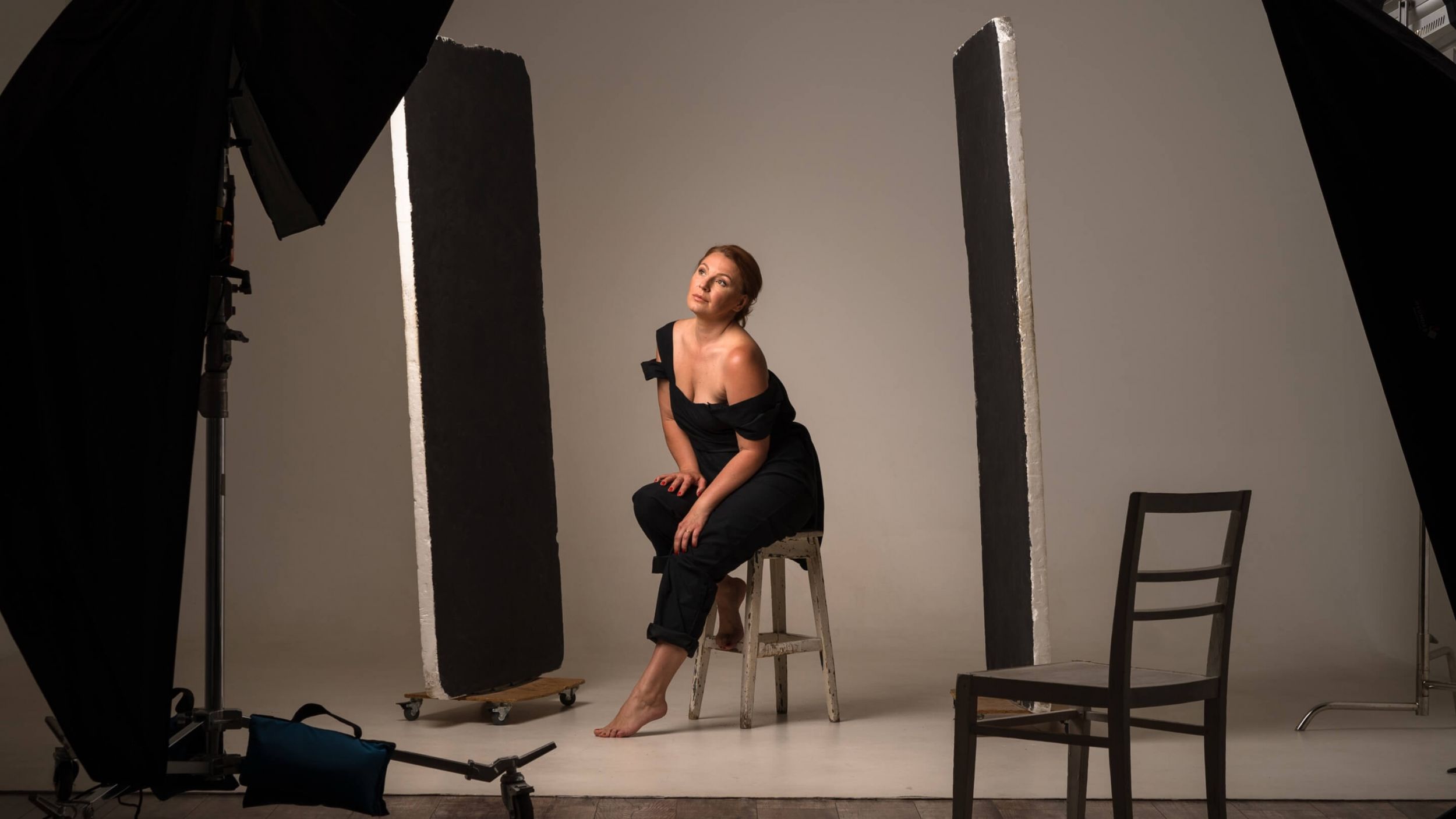What is a flag? Not the kind that flaps in the wind at the top of a flag pole; what is a flag in a photography studio or on a film set? And, for that matter, how are flags used and why? We’ll get started with a quick definition, then dig into practical tips for using flags in both photography and cinematography contexts.
Video Production Flags
First, let’s define flag
If you encounter any other unfamiliar terms, our ultimate guides to filmmaking terminology and cinematography terminology are two perfect resources for looking up definitions. And, if you aren’t sure w ho’s responsible for using flags or any other on-set duties, you can always refer to our ultimate guide to film crew positions.
FLAG DEFINITION
What is a flag?
A flag is a piece of film equipment used to block and/or shape light. A standard flag is rectangular, rigid, and made of black, opaque material. Flags come in a number of sizes and variations. Nets and silks also fall under the flag family and are used to soften and diffuse light rather than block or shape it. “Flag” is a noun but can also be used as a verb, as in “can you flag off that light?” Meaning, “can you use a flag to block off that light.”
A floppy is a flag with a folding flap of soft material that provides additional coverage. Numerous specialized flags come in different shapes, include adjustable features such as a hinge, or serve alternative purposes such as non-black flags that reflect or bounce light rather than block it.
Lighting Flag Characteristics:
- Blocks or shapes light
- Opaque, black material
- Comes in a wide variety of types and styles
Using Flags in Photography
How to mount flags
One of the most important considerations when using a flag is how you mount it. The effectiveness of a flag can be almost entirely determined by how and where it is mounted. On a film set, flags fall under the purview of the grip and electric department overseen by the gaffer. However, on smaller sets, one-man productions, or photoshoots lacking crew, flag mounting and placement may become the responsibility of other individuals.
Flag types explained • Flagging light
When it comes to mounting flags, there are a number of options at your disposal, but one method of mounting reigns supreme. The trusty C-stand remains the most tried and true flag-mounting method. Learn how to set up a C-stand in the video below.
How to set up a C-stand • Lighting flag
If a C-stand isn’t available, isn’t ideal in a particular context, or would just be too time-consuming to set up, then there are other methods of mounting as well as alternatives to mounting. There are dozens and dozens of clamps and mounts that can all get the job done.
Grip gear guide • Light flag
In many situations, it might be enough to simply have a crew member hold a flag in place out of frame rather than going through the trouble of mounting it. Feel free to get creative with how you mount your flags. There are no wrong approaches to mounting a flag if the end result works. Whatever gets the lighting just right and gets the shot off is the right approach.
How to Use Flags for Filmmaking
How to use flags creatively
Flags serve both a technical and a creative purpose. The technical acts of blocking off a source of light with a standard flag, diffusing light with a silk, or bouncing light with a non-black flag are simple enough, but using flags creatively is a skill unto itself. Shaping light with flags can drastically expand your cinematography options during a film or photoshoot.
Read more creative photography ideas for inspiration.
Shaping light with flags • Diy photography flags
The effectiveness of a flag primarily has to do with its placement in relation to both the lightsource and the subject. Other factors play a role as well, such as the size, shape, and angle of the flag.
Tips for shaping light • Photography flags
Just as with mounting your flags, get creative with your flag placement and utilization. Flags are more versatile and adaptable than may first be apparent. If you think outside the box, you might find yourself combining multiple flags together for larger coverage. Or to create unique shapes, you might have your flags in motion to create moving shadows across a shot rather than mounting them in a static location. Or you might turn an excess flag into a source of shade for talent between setups when shooting on location in hot weather.
Up Next
What is Practical Lighting?
Think outside the box and get creative the next time you are using flags on a film or photoshoot. Flags are all about controlling light sources, but what about when a light is positioned right within a shot? Learn everything you need to know about practical lighting, up next.
Up Next: Practical Lighting →
Share your vision with elegant shot lists and storyboards.
Create robust and customizable shot lists. Upload images to make storyboards and slideshows.
